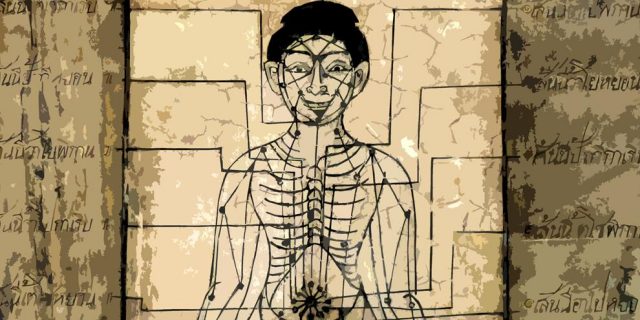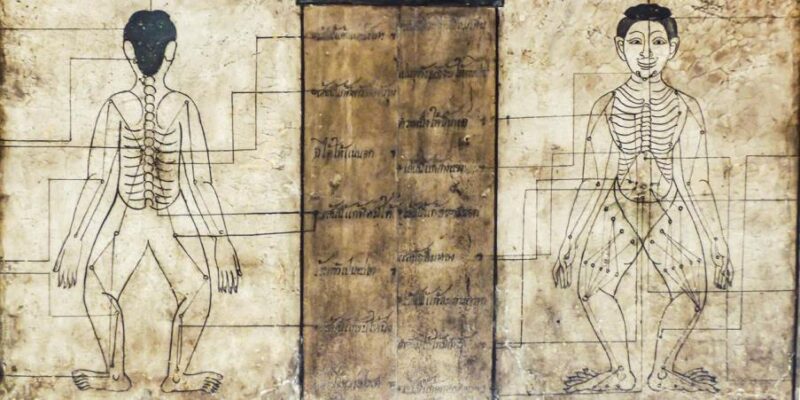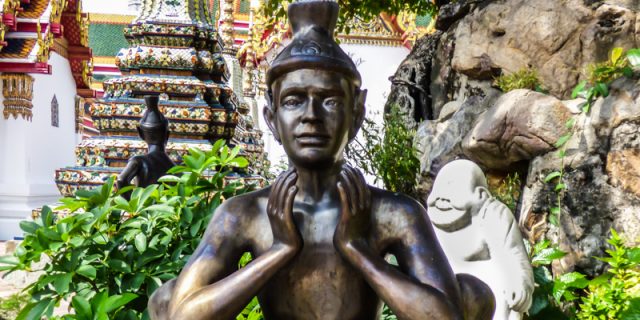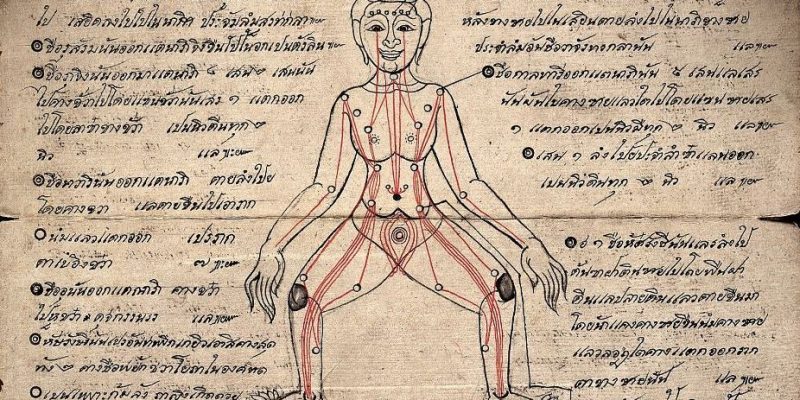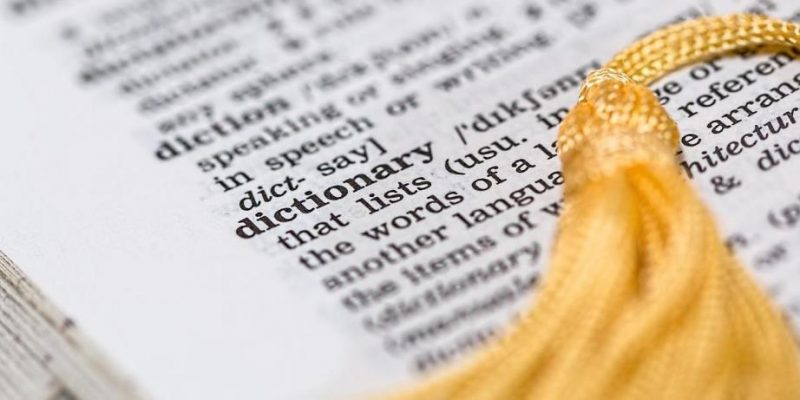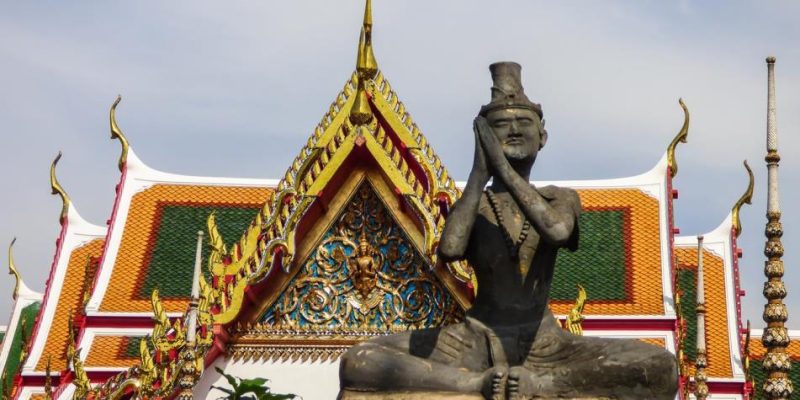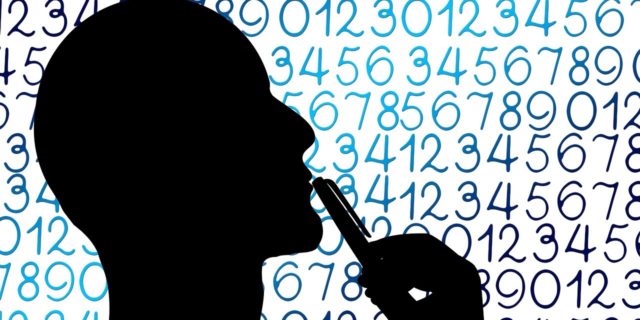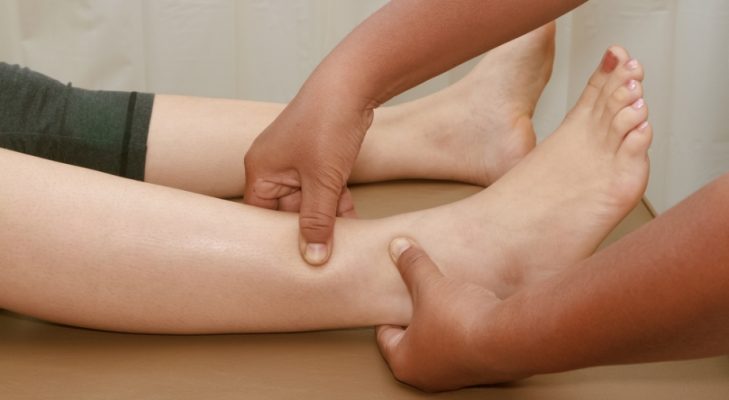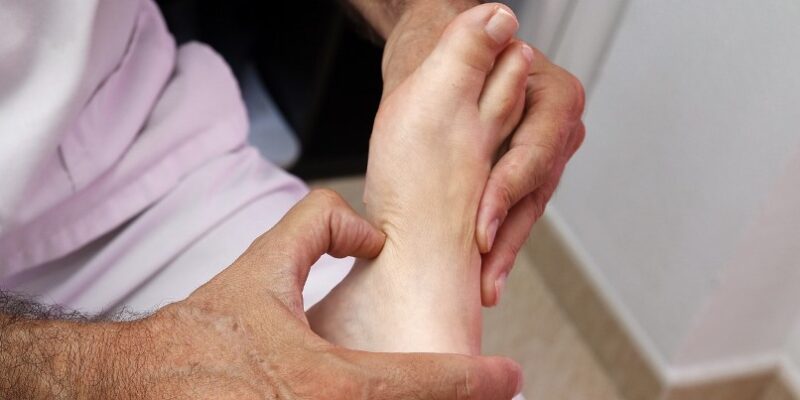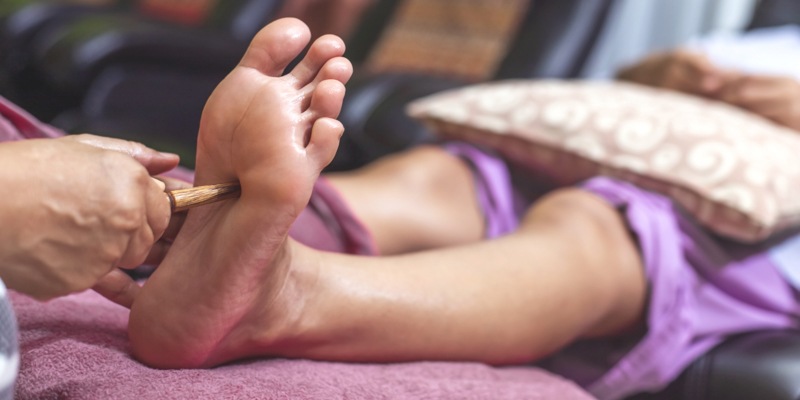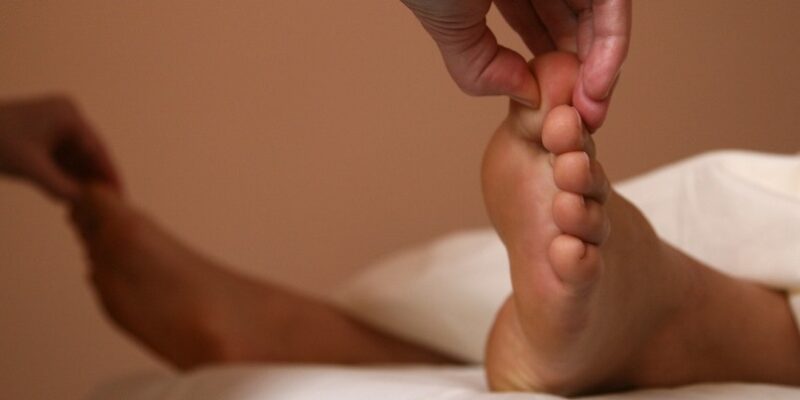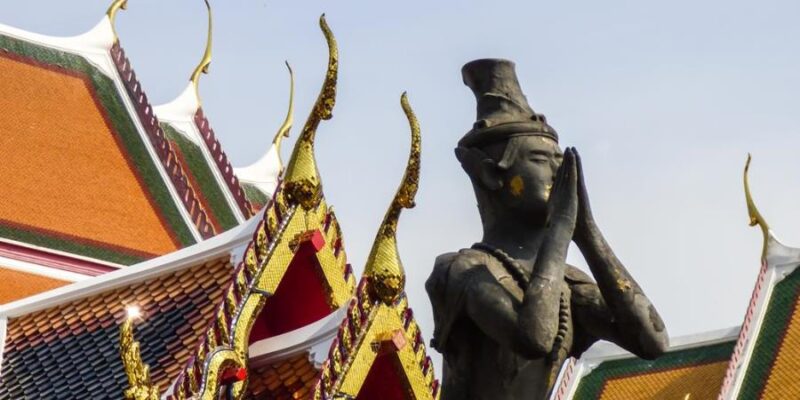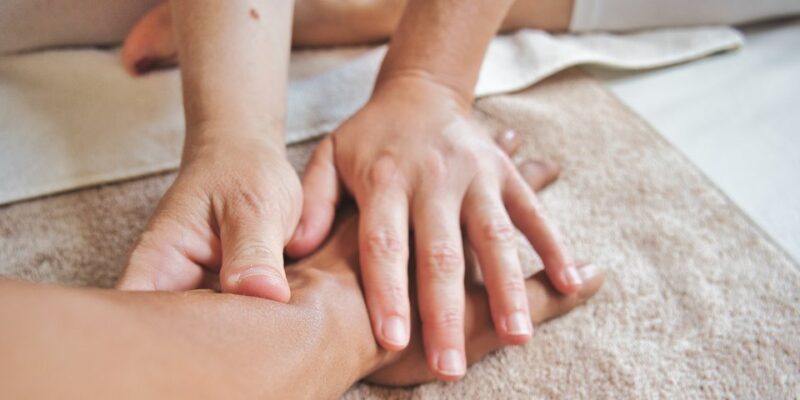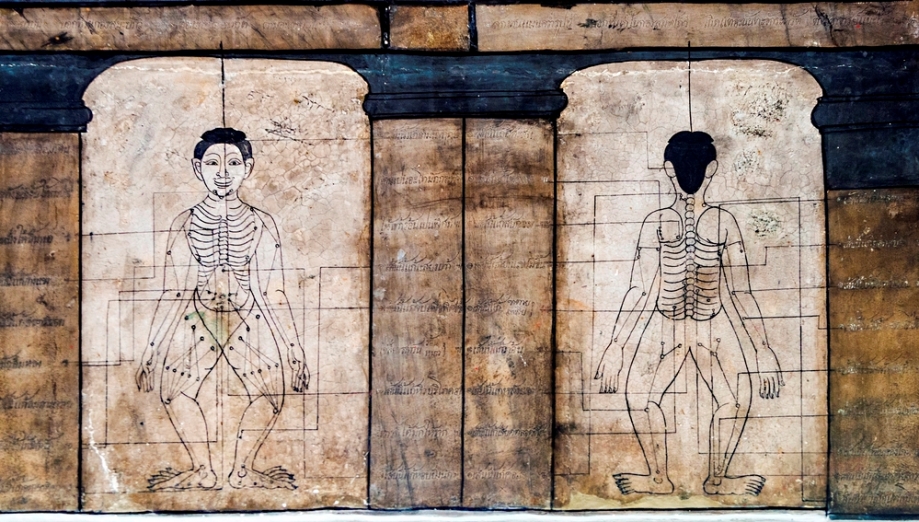
The origins and history of Thai Acupressure Points (also called Thai Pressure Points or Thai Acupoints) is closely related to that of the history of the Sip Sen Energy Lines. These ten primary Sen Lines (the Sib Sen or Sen Sip) are defined as a subset of a total of 72,000 Sen Energy Lines or Lom Pran Life Force Channels traversing through our bodies.
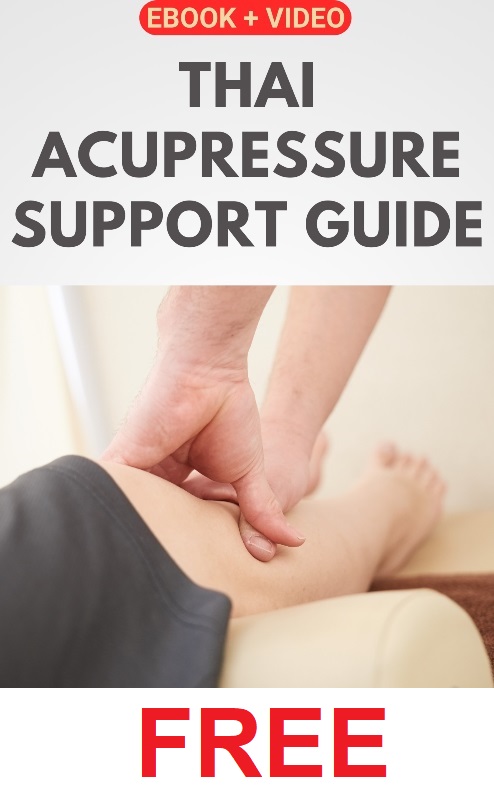
In fact, the Sen Lines (Sen Energy Channels or Sen Pathways) cannot be seen separately from Thai Acupressure Points, that is, these points are located along the Sen Lines. One could even say that all the pressure points together on a given Sen Line constitute that particular Sen Line, and moreover, on the ten major Sen Energy Lines we also find the most important Thai Pressure Points.
The legend tells us that Jivaka Kumar Bhaccha, the Father Doctor of Medicine in Thailand, personal physician of the Indian King Bimbisāra and the Buddha in the 5th century BCE, saw the 72,000 Sen Energy Lines in deep meditation and distilled those to ten major Life Force Channels. True or not true, there are no textual or any other scriptural evidences of Energy Lines charts or maps from Dr. Jivaka known that describe the Sen Lines or Thai Acupressure Points.
When we try to find the earliest Sen Energy Lines or Thai Pressure Points evidence in Thailand, there’s no documentation about when and how they originated. Nevertheless, there are three important historical Thai records that today form the basis of the Sen Sib and Thai Acupressure Points theory.
- The Tamla Loke Nitan Text (Tamra Rok Nithan Khamchan 11 i.e. Textbook of Etiology) from the reign of King Rama II (reign: 1809-1824 CE).
- The marble tablets inscriptions with graphics of human figures at the Wat Pho temple (Wat Phra Chetuphon) in Bangkok, which were placed there during the reign of King Rama III (reign: 1824 – 1851 CE), also called the Pharb Phaen Nuad or Massage Illustrations. The stone plaques record the major Sen Energy Lines trajectories and the Sen Lines and pressure points that need to be addressed to treat a variety of pains, diseases, and disease symptoms.
- The Royal Traditional Thai Medicine Text (Section Massage Patterns or Phaen Nuad 1 and 2) written in 1870 during the reign of King Rama V (reign: 1868 – 1910 CE), called the Tamra Vechasart Chabab Luang.
We should also keep in mind that the start of the reconstruction and renovation of the old temple grounds of Wat Pho as from 1782 — with the purpose that the temple would function as a repository of Thai medical knowledge — presupposes that knowledge of the Sen Lines and Thai Acupressure Points already existed before that.

When we compare the Sib Sen with the Yoga Nadi Energy Channels we see that there are many similarities. For instance, they are considered pathways of Life Force Energy (Prana or Lom Pran), the number of channels is thought to be 72000, and three first lines of the Sib Sen and the three principal Nadis have more or less the same names being Ida Nadi (in Thai: Sen Ittha), Pingala Nadi (In Thai: Sen Pingkhala), and Sushumna Nadi (In Thai: Sen Sumana), including parallels as for the trajectories they take through our bodies, their endpoints (termination points), and often rather similar functions.
Additionally, many Thai Acupressure Points that lie along the Sen Lines have an equivalent in so-called Indian Marma Points (also called Varma Points), or in Chinese Acupoints, the latter to be found along the Chinese Meridians (Qi Life Force Channels).
The fact that the Indian Nadis and the Chinese Meridians have a history of at least two millennia suggests that the Thai Sen Lines and Thai Acupressure Points (keeping in mind that the Thai have integrated Chinese, Indian, and their own medical knowledge) have a history much older than the Thai scriptural evidence of the 19th century CE let us believe.
Yet, it remains rather vague how much has been borrowed from the Indians or Chinese, how things were combined, and which part exactly is originally Thai Wisdom.







